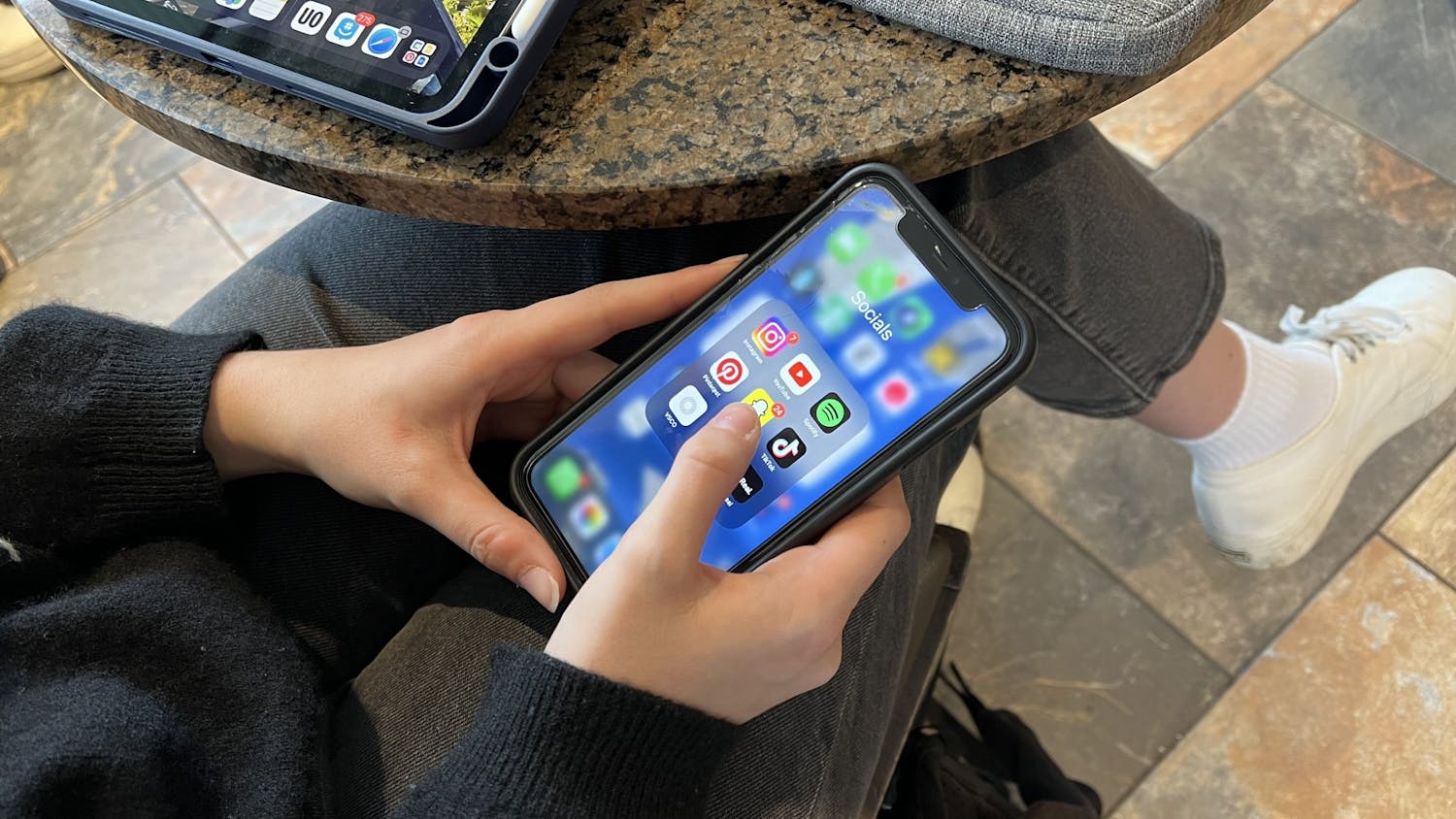Milwaukee Journal Sentinel columnist Eugene Kane recently wrote that the Milwaukee's black community received a double gut shot\ last Friday. Two children, Quadrevion Henning, 12, and Purvis Parker, 11, last seen March 19, were found dead in McGovern Park's lagoon. No foul play is suspected, but it took a month to find their bodies, which only happened by accident. Secondly, three former Milwaukee police officers—Andrew Bartlett, Jon Spengler and Daniel Masarik—were acquitted that same Friday, by an all-white jury, of felonies associated with the near fatal beating of Frank Jude Jr. The alleged beating occurred at a party held on October 24, 2005, at Spengler's home in the city's Bay View neighborhood.
Neglect and latent hatred, as Ralph Ellison noted a half-century ago, make a minority invisible. To a degree, this remains so in twenty-first century Wisconsin.
The biracial Jude and his black friend, Lovell Harris, brought two white girls to the off-duty police officer's party, but did not stay long as they were not welcomed. As they climbed into a truck to leave, Spengler claimed his badge was missing. Over a dozen off-duty police officers immediately swarmed Harris and Jude. Harris escaped on foot, but Jude was surrounded, stripped and beaten until he swelled up like a gory balloon. Racism no doubt helped motivate this assault as it included a great American taboo (black man, white woman) and tradition (police brutality).
The Jude beating continued even after on-duty Milwaukee police officers Joseph Schabel and Nicole Belmore arrived on the scene. At the trial, Schabel testified that he tried to stop Jude's assailants. Kirsten Antonissen, one of the women with Jude, dialed 911 and told the dispatcher that on-duty and off-duty Milwaukee Police Department officers were attacking Jude. Additionally, Masarik, Spengler, Bartlett and other off-duty cops walked away from Schabel and Belmore when asked for their ID numbers and names. The police report and crime scene were compromised. ""There was no cooperation"" Schabel later testified. Not only did the MPD beat a man, they bungled the investigation from the get-go.
Milwaukee Police Chief Nannette Hegerty went into damage control in the months leading up to the late March-early April trial. She fired Masarik, Bartlett, Spengler and six other officers, and disciplined an additional four. However, all officers, in accordance with labor contracts and state law, still receive full pay and benefits.
A grand jury convened by District Attorney E. Michael McCann charged Masarik, Bartlett and Spengler with multiple felonies. However, out of a racially mixed jury pool, an all-white jury was selected.
Making matters worse, only Schabel and Belmore testified against their fellow cops. Masarik, Bartlett and Spengler denied participating in Jude's beating; in fact, Bartlett and Spengler claimed they had put themselves ""on-duty"" in order to lawfully arrest Jude, though he had committed no crime.
While other officers stonewalled the district attorney, the defense seized on the poor police reports and Antonissen's 911 call to impugn the credibility of Schabel and Belmore. It was a ""cover-up case,"" DA McCann bitterly commented after the jury returned the verdict of not guilty.
Still, justice might yet be done. Since Bartlett and Spengler claimed to have put themselves ""on duty,"" they were perhaps operating under ""color of the law,"" meaning they could be charged in federal court with violating Jude's civil rights. These federal statutes, dating from the Reconstruction Era of the 1860s, were frequently employed during the civil rights movement of the 1960s.
Even though murder is not a federal crime, the FBI investigated Martin Luther King's assassination on the grounds that his assassin had conspired to deprive him of his civil rights.
The defense never claimed Jude's beating was justified—merely that the perpetrators were not Masarik, Bartlett or Spengler. As things stand now, no one is being held responsible.
Like Quadrevion Henning and Purvis Parker, Jude's beaters simply disappeared into a dim pond, one of police obfuscation and silence. While leading prayers in the aftermath of the Jude verdict, Rev. Mark Thompson of Good Shepherd Lutheran Church in Milwaukee hoped ""that the silence that has been deafening will come out.""
But silence and denial are the mark of race relations in a country where majorities prefer minorities to be invisible. The Jude beating case is a perfect example: nobody is at fault, nothing is at stake.
Teddy O'Reilly is a senior majoring in international studies. His column runs every Wednesday in the Daily Cardinal. Please send responses to
opinion@dailycardinal.com.
\





